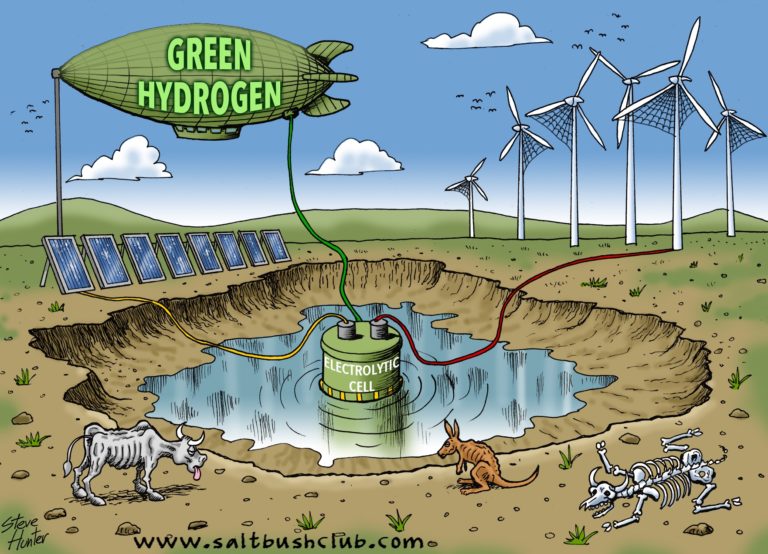Chris Bowen left high and dry by sudden change of direction
The Australian
Graham Lloyd
18 July 2024
Mining billionaire Andrew Forrest has seen the light on his overblown green hydrogen ambitions and in the process pulled the plug on a centrepiece of Labor’s renewables-only energy transition plan.
Forrest has admitted what should have been obvious from the start. Energy users want cheap energy and hydrogen is not cheap. Having scoured the world for subsidies and customers, Forrest has learnt that any technological advance to lower costs will be hard won.
He has instead launched a sweeping restructure of Fortescue with as many as 700 jobs going and the company’s goal of producing 15 million tonnes of green hydrogen a year by 2030 has been shelved. This leaves Fortescue, a company with one of the nation’s largest carbon emissions footprints, looking for other ways to salve its eco-conscience. But it leaves the federal government with a much bigger hole to fill.
Billions of public subsidy dollars are being directed towards getting hydrogen production down to a reasonable price. In the Albanese government’s mind, it is the nation’s route to being a renewable energy superpower.
In the latest sign of what hydrogen means for the federal government, it has put forward draft plans that, unlike Joe Biden’s hydrogen subsidy scheme, will allow green hydrogen producers to claim a credit for hydrogen that is actually made with fossil fuels.
The US refusal to count gas-fired hydrogen might explain why among the projects shelved as part of Fortescue’s restructure is a hydrogen play in the US state of Washington.
Fortescue has spent hundreds of millions of dollars examining potential green hydrogen and ammonia sites across the world, but has so far delivered just three investment decisions across the would-be green energy portfolio. One of these is a small-scale pilot plant in Gladstone, Queensland.
Without hydrogen, Labor’s renewables-only transition is left looking for a reliable long-term fuel that can firm the grid when wind and solar fail to produce. Grid-scale batteries will get you only so far.
Hydro is the obvious answer, but look at Snowy 2.0. In an address to the National Press Club on Wednesday, Energy Minister Chris Bowen remained full bore on a renewables-only plan. Without hydrogen, Labor has little choice but to go back to gas, something he ironically described as a life insurance policy, and something he and those inside the energy industry know to be true.
The federal government has a lot of work to do persuading states to lift their bans on gas exploration and development.
Gas is also the clash of ideology that the Greens have been most anxious to have with Labor. The big picture is a re-elected Donald Trump as US president will reinvigorate the global energy picture as he strives to restore US energy independence.
Forrest has shown that private capital can quickly change course. Government must show it can do so as well.
The Australian






